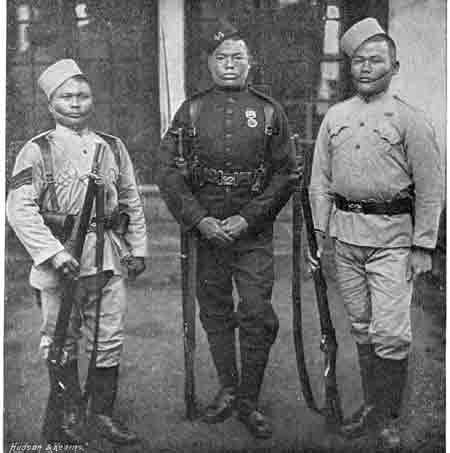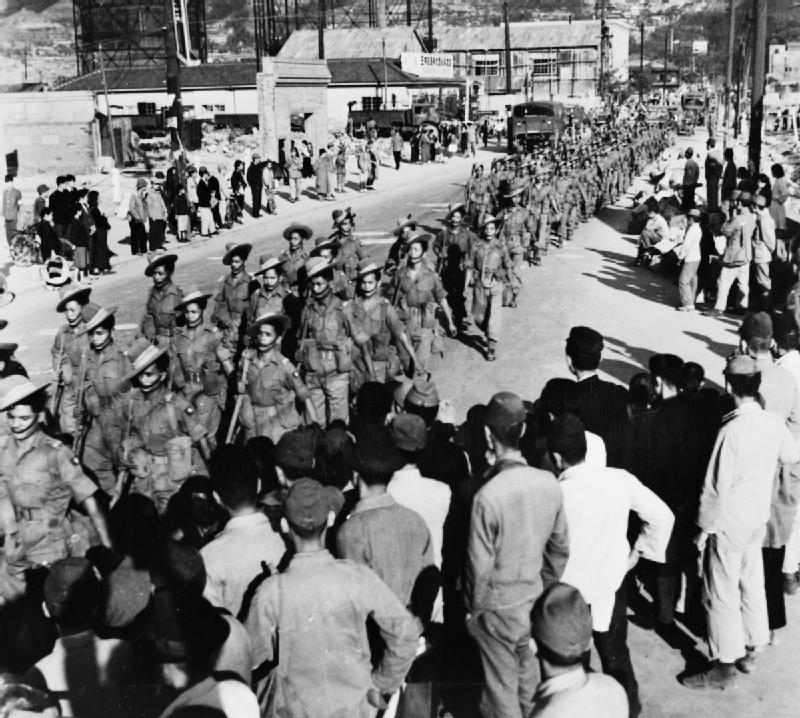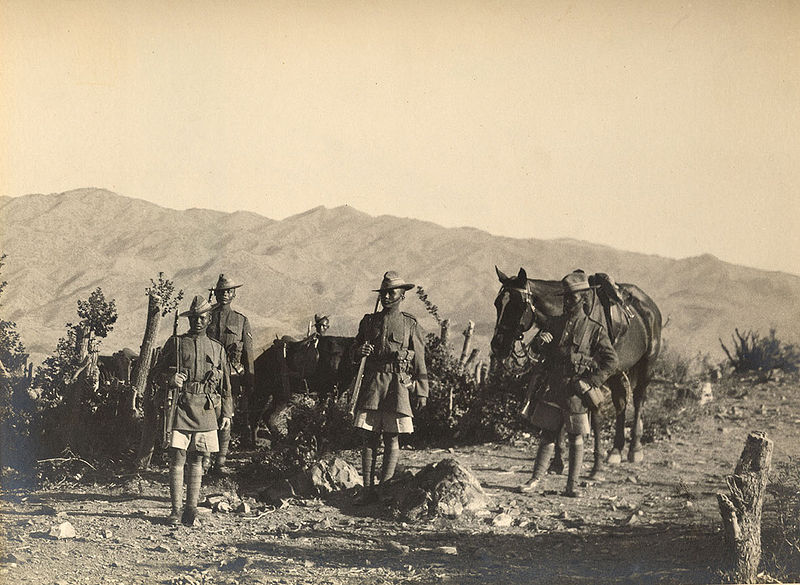“If a man says he is not afraid of dying, he is either lying or is a Gurkha.”
Field Marshal Sam Manekshaw
In the year of 1814, the British army tried to conquer Nepal. They sent a force of 30,000 against 12,000 Gurkhas. The Brits were confident that they would easily sweep aside all Nepalese resistance, but they were wrong. Although the British did win, the campaign was hard-fought and very costly, both in terms of money and manpower. The British were so impressed with the Gurkhas’ skill as warriors that they began recruiting them into the army.
The Gurkhas fought for Great Britain in many wars, including World War I, World War II, and the Falklands War. In the two world wars, more than 200,000 Gurkhas fought for Britain. They are considered by many to be the fiercest and most skilled warriors in the world. Their traditional weapon is an 18-inch long curved knife known as the kukri, which they still into battle, even today. Their motto is “Better to die than be a coward”.

When India became an independent country in 1947, an agreement was made between India, Nepal, and Britain that four Gurkha regiments from the Indian army would be transferred to the British Army. These regiments eventually formed the Gurkha Brigade.

Every year, 200 Gurkhas are recruited in the British Army. There are around 28,000 candidates every year and only the toughest 200 are selected. To qualify, they must be able to do 75 bench jumps in one minute and 70 sit-ups in two minutes. After that, they run 5km up a steep track in the foothills of the Himalayas, carrying 25kg of rocks on their back, in less than 55 minutes. The selection process has been described as one of the toughest in the world.
There are 26 instances in which the highest medal in the British Army, the Victoria Cross, has been awarded to members of the Gurkha regiments. Some of the acts of bravery they have performed are extraordinary. For example, in 1945, Rifleman Lachhiman Gurung was stationed in a trench with only two other men when over 200 Japanese soldiers opened fire and attacked. The other two were wounded, butGurung managed to kill 31 enemies and prevent the Japanese from advancing.

Most of the Gurkhas that join the British Army are members of the Infantry, but the British Army also has Gurkha Engineers, Signallers, and Logisticians.
Sir Ralph Turner MC, who served with them, wrote an epitaph: “Bravest of the brave, most generous of the generous, never had a country more faithful friends than you”.
